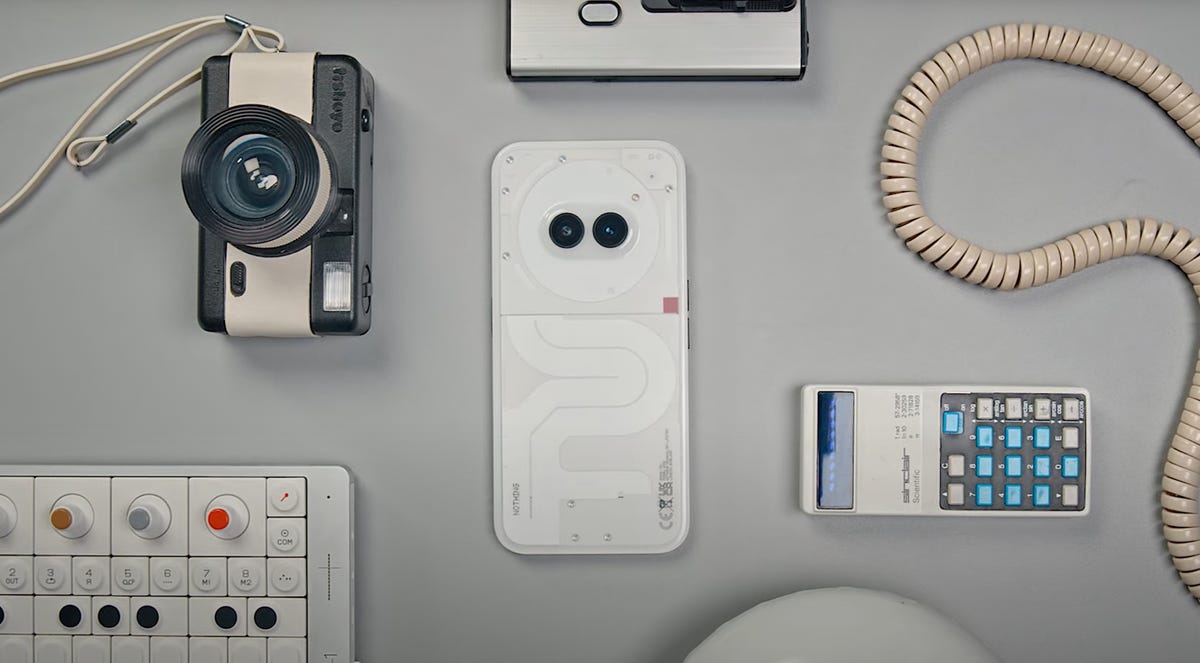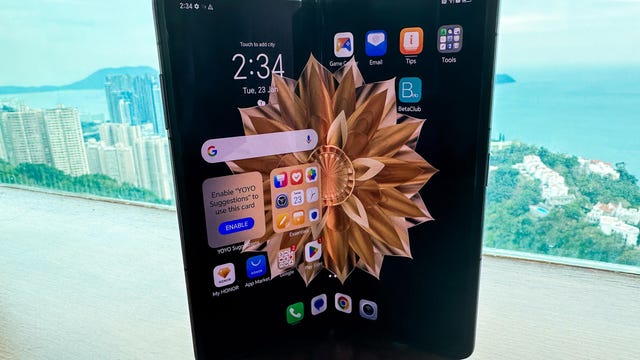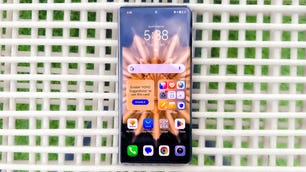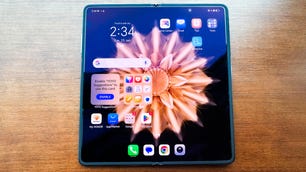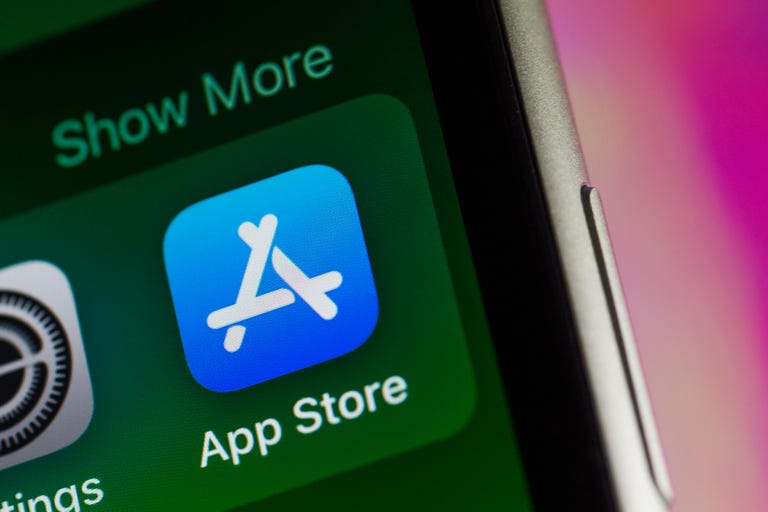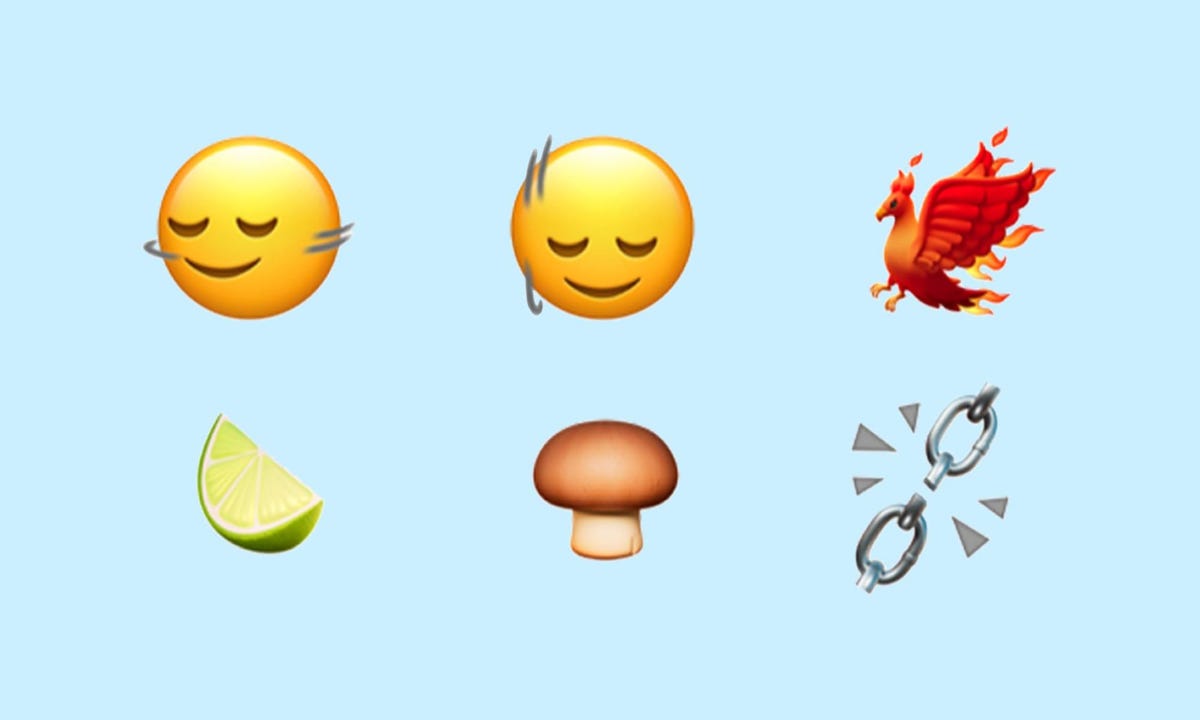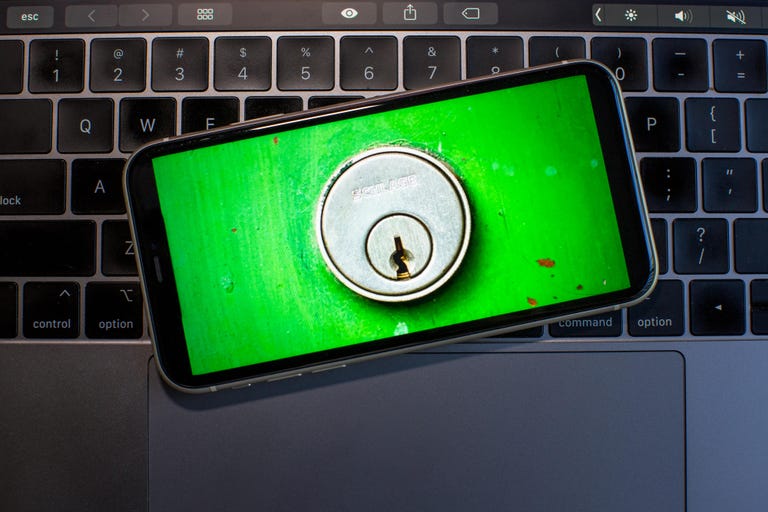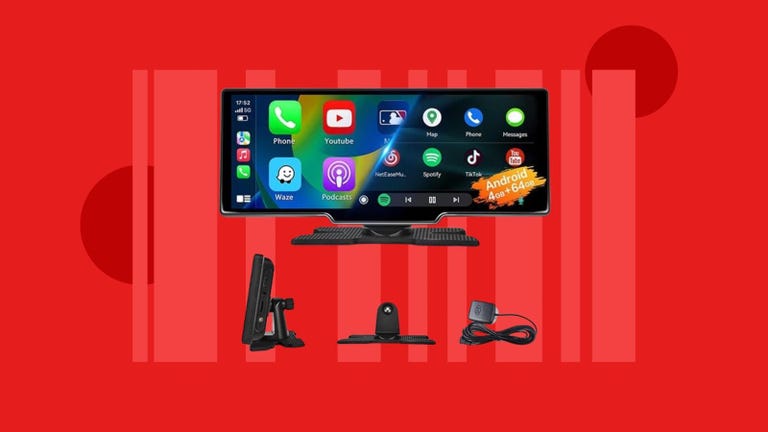Apple released the iOS 17.4 RC (release candidate) to public beta testers and developers on Tuesday. This release comes more than a month after iOS 17.3 was released to the general public. The latest iOS RC brings new features, including major changes for people in the European Union and new emoji and bug fixes to the iPhones of some developers and beta testers.
Read more: Why You Should Download iOS 17.3 Now
We recommend downloading the RC on something other than your primary device. Since this isn’t the final version of iOS 17.4, these features might be buggy and battery life may be short, and it’s best to keep those troubles on a secondary device.
If you’re a developer or public beta tester, here are some of the new features you can find in the iOS 17.4 RC. There’s no word on the public release for iOS 17.4 just yet, but Apple has indicated it’ll likely be in March.
Downloading other app stores in the EU
Apple introduced a significant change to Safari, the App Store and iOS with iOS 17.4 beta 1, but only for people in the EU. With iOS 17.4 beta 1, people in the EU can download an alternative app store and apps from outside the App Store. According to CNET’s Katie Collins, this marks one of the largest changes to the App Store since its inception in 2008. People in the EU will also be given new default app controls, giving them more ways to customize their iPhone experience.
Apple made these changes, which were announced Thursday, to comply with the EU’s Digital Markets Act. The company said these changes will go into effect once Europeans download iOS 17.4 in March or later. There’s no word on whether these changes will be available globally.
Read more: Apple Will Allow Installation of Rival App Stores On iPhones In Europe
More options for in-app payments
Apple introduced more ways to make in-app payments with the first iOS 17.4 beta. If you go to Settings > Privacy & Security, you’ll see an option called Contactless & NFC, or near-field communication. If you tap the new option, you’ll be taken to a mostly blank page that has a small disclaimer that says the page will show apps that have requested the ability to use contactless and NFC payments in the future. Apple announced these options alongside the changes for people in the EU, and there’s no word on whether this will be utilized by apps outside that region.
At least 100 new emoji
Apple introduced over 100 new emoji to iPhone users with the first beta of iOS 17.4. Those emoji include heads shaking up and down as well as left and right, a phoenix emoji and a slice of lime. These emoji were announced in 2023, and some Android devices, including the latest Samsung phones, already have them.
Improved iMessage security against future threats
With iOS 17.4, your iMessage chats will get a security boost to protect them from cyberattacks that involve quantum computing. According to CNET’s David Lumb, Apple said it hasn’t seen these kinds of cyberattacks yet, but the company wants to get ahead of the potential threat now.
Read more: Apple’s Next iOS Update Protects iMessage Against Future Quantum Computing Attacks
Podcasts can now show transcripts
In the first iOS 17.4 beta, you can read the transcripts of your favorite podcasts as you listen to them. To see the transcripts, go into the Podcasts app and start listening to a show, then tap the show’s banner across the bottom of your screen. Look at the bottom of the show’s title card and you’ll see a new button in the bottom left corner that looks like a speech bubble with quotes inside it. Tap this button and you’ll see the transcript of the show you’re listening to.
You can search within the transcript, too, so if someone mentions a book or movie title and you only remember part of it, you can search the part you do know and find the whole title.
Read more: Apple Music Launches Monthly Version of Replay
Virtual card numbers come to Apple Cash
Your Apple Cash gets an upgrade with the latest iOS 17.4 beta, too. Now you can have a virtual card that can access your Apple Cash. This card comes with its own number, expiration date and three-digit security code, like a physical card. You can also easily request a new card number if you think your card has been compromised.
This feature is helpful if you want to use your Apple Cash at an online store that doesn’t accept Apple Pay.
Another digital clock widget
In the second iOS 17.4 beta, Apple introduced a new digital clock app widget called City Digital. This widget displays the time as well as a set location as opposed to wherever your iPhone is at the moment. This can be helpful if you’re traveling or live far from family and friends but want to keep in touch without waking them up in the middle of the night.
Apple introduced the digital clock widget to iPhones with the release of iOS 17.2.
More Stolen Device Protection options
With iOS 17.4 beta 1, Apple introduced a few new options in Stolen Device Protection. The new options let you choose whether you want to always require a one-hour security delay to access certain settings or make changes, or to only require the delay when you’re away from a familiar location like your home.
Apple introduced Stolen Device Protection with iOS 17.3, and the intent of the feature is to protect some of your data if your device is stolen or falls into nefarious hands. The feature doesn’t protect all your data, but Apple still recommends everyone turn it on.
New Battery Health readout for iPhone 15 models
With iOS 17.4 beta 4, if you go to Settings > Battery there is a new Battery Health readout in the iPhone 15 models which tells you the status of your battery’s health in a word, like Normal or Service. You can also tap this option for more details about your battery, like its cycle count and maximum capacity. Before, your iPhone would show a percentage in relation to your battery’s health without any indication of what it means.
Read more: iOS 17.4’s New Tool Shows if Your iPhone 15’s Battery Health Is Normal
New Home button in the Music and Books apps
Apple introduced a Home button in Apple Music with iOS 17.4 beta 1 and in the Books app with iOS 17.4 beta 2. If you open either app and look at the bottom of your screen, the Home button is in the far-left corner. This button replaced Listen Now in Apple Music and Read Now in Books.
If you’re an Apple Music subscriber and tap the button, you’re taken to a page that shows you menus, like Recently Played, and recommendations based on artists you’ve listened to. If you tap this button in the Books app, you see menus like Current Bestsellers and Start Reading for Free.
Previous iOS updates brought Home buttons to the Podcasts and Apple TV apps, so this change is likely Apple trying to apply some uniformity across its apps.
Siri can send messages in more than one language
In the first iOS 17.4 beta, Apple gave Siri the ability to send messages in multiple languages. If you go to Settings > Siri & Search, you’ll see the option Messaging with Siri, which replaced Automatically Send Messages. Tap Messaging with Siri and you’ll see Add Language. If you tap this, you can have Siri send messages in other languages, like Arabic, Spanish and Thai. Apple writes that Siri will also read messages using the languages in this list, but choosing one from this list won’t change the primary language Siri listens and responds in. Prior to this, Siri could only send messages in English.
New Apple CarPlay and Maps experience in certain vehicles
With the fourth iOS 17.4 beta, if you use Apple CarPlay with Maps in certain supported vehicles, you’ll see a new instrument cluster.
“With supported CarPlay vehicles, Apple Maps will present a new instrument cluster experience with information about upcoming maneuvers,” Apple wrote online. “Users will be able to swap the desired display type between the main and instrument cluster screen by tapping the map configuration button on the upper right of the Maps main screen.”
However, Apple didn’t write which vehicles support this new feature, and the company didn’t immediately respond to a request for comment.
Here are the full release notes for the iOS 17.4 RC.
Emoji
New mushroom, phoenix, lime, broken chain, and shaking heads emoji are now available in the emoji keyboard.
18 people and body emoji add the option to face them in either direction.
Apple Podcasts
Transcripts let you follow an episode with text that highlights in sync with the audio in English, Spanish, French and German.
Episode text can be read in full, searched for a word or phrase, tapped to play from a specific point and used with accessibility features such as Text Size, Increase Contrast and VoiceOver.
This update includes the following enhancements and bug fixes:
Music recognition lets you add songs you have identified to your Apple Music Playlists and Library, as well as Apple Music Classic.
Siri has a new option to announce messages you receive in any supported language.
Stolen Device Protection supports the option for increased security in all locations.
Battery Health in Settings shows battery cycle count, manufacture date, and first use on iPhone 15 and iPhone 15 Pro models.
Call Identification displays Apple-verified business name, logo and department name when available.
Business updates in Messages for Business provide trusted information for order status, flight notifications, fraud alerts or other transactions you opt into.
Apple Cash virtual card numbers enable you to pay with Apple Cash at merchants that don’t yet accept Apple Pay by typing in your number from Wallet or using Safari AutoFill.
Fixes an issue where contact pictures are blank in Find My.
Fixes an issue for Dual SIM users where the phone number changes from primary to secondary and is visible to a group they have messaged.
Some features may not be available for all regions or on all Apple devices. For information on the security content of Apple software updates, please visit this website:
https://support.apple.com/kb/HT201222
Those are some of the new features developers and beta testers will see in the iOS 17.4 RC. That doesn’t mean these are the only features coming to the next iOS update, or that these changes will stick when iOS 17.4 is released to the public. As of right now, there’s no exact release date for iOS 17.4, but Apple has indicated it might be released in March.
For more on iOS 17, check out all the new features that were included in iOS 17.3 and iOS 17.2. You can also check out our iOS 17 cheat sheet.


